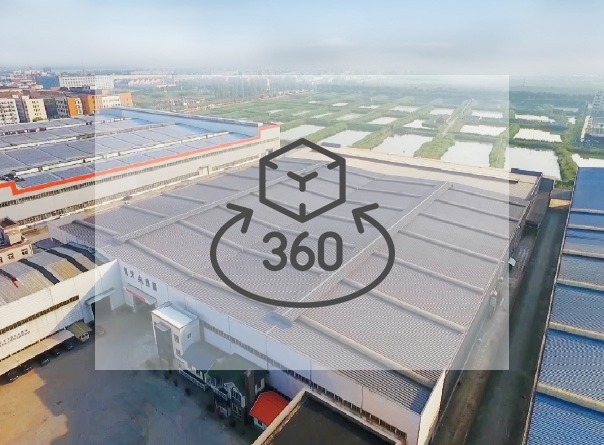Industry News
What are the applications of light steel structures?
25 Apr, 2023
What are the applications of light steel structures?
Typical lightweight steel structures are used in a variety of different construction industries. This is because of their excellent performance, safety, and cost-effectiveness. They are also easy to assemble and disassemble. Beyond that, they are suitable for a wide variety of building types, from low-rise housing to multi-story mixed-use developments.
The manufacturing speed of light steel structures is fast. This is because they are made from pre-engineered steel components. These components can be shipped to the construction site, and ready for installation. This frees up project managers for other tasks. Prefabricated materials also eliminate the need to measure and cut steel on-site.

Lightweight steel construction is also capable of supporting heavy point loads and strong elements. Because they are made of non-combustible materials, they are resistant to all kinds of disasters. For example, if there is an earthquake, they won't collapse. They also won't rot, shrink or rust. They are also resistant to termites. They also provide good acoustic comfort and energy efficiency.
Lightweight steel construction has an excellent strength-to-weight ratio. This means the building will be strong enough to support heavy point loads without compromising its structural integrity. In addition to this, they are also capable of spans of up to 6 meters. This means they can eliminate the need for internal load-bearing walls. In addition, they are able to bend with force, allowing flexibility in interior space planning.

The light steel structure is also easy to assemble and disassemble. These parts can be assembled with common bolts and nuts. Plus, they're resistant to termites, earthquakes, and rain. They can also be recycled and reused. The structure can also be disassembled at any time, allowing for a more flexible construction schedule.
Lightweight steel structures can also be used to construct industrial buildings that can be completed in a short period of time. This means they can be used to build warehouses, factories with overhead cranes, and small and medium industrial plants.


Another benefit of using lightweight steel structures is that they are fire resistant. Plus, they're also fireproof and won't break down. They are also capable of transmitting sound through buildings more easily than solid masonry structures. The carbon in the building structure is also reduced, which is very important in reducing the carbon footprint of the building. In addition, the light steel structure has a high degree of flexibility, allowing the installation of large bays and arranging the building layout according to the needs of the building.
Light steel houses have many reasons to be proud. It insulates better than its brick-and-mortar brethren, and its ability to withstand a typhoon or two is unmatched. In fact, it has the ability to survive a magnitude 9 earthquake. The good news is that light steel structure villas can not only withstand typhoons in the past, but also against typhoons in the future. This is because its thermal insulation properties are highly concentrated on the ceiling, which makes it a very effective barrier against typhoons.
Of course, the most important factor in determining whether a light steel villa is right for you is whether it suits your specific needs. For example, light steel villas are very suitable for areas with difficult terrain and inaccessible transportation. Its ability to insulate heat also makes it a good choice for areas with extreme weather conditions. Plus, its cold-proof certification could make it a strong contender in disaster recovery environments.


Share article







 English
English Español
Español 中文简体
中文简体 Français
Français عربى
عربى










